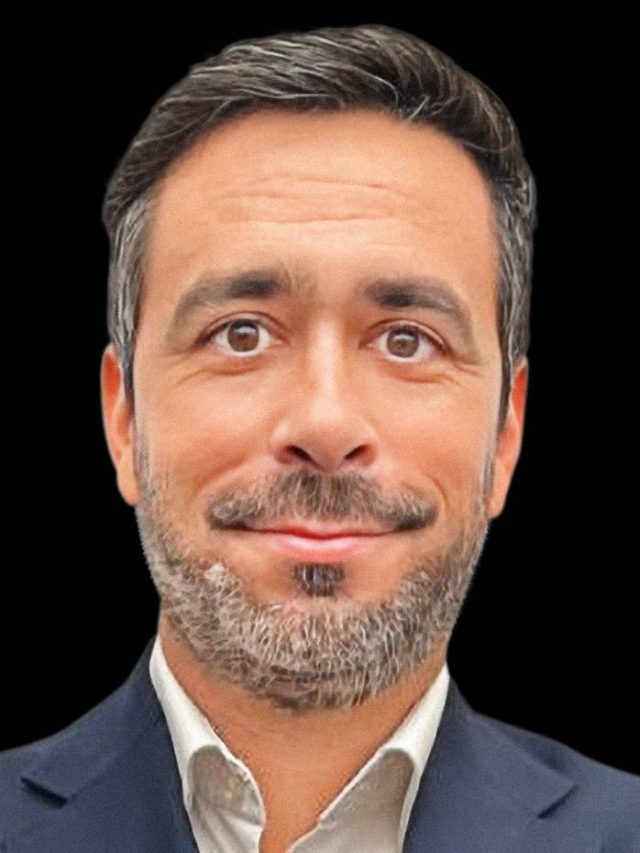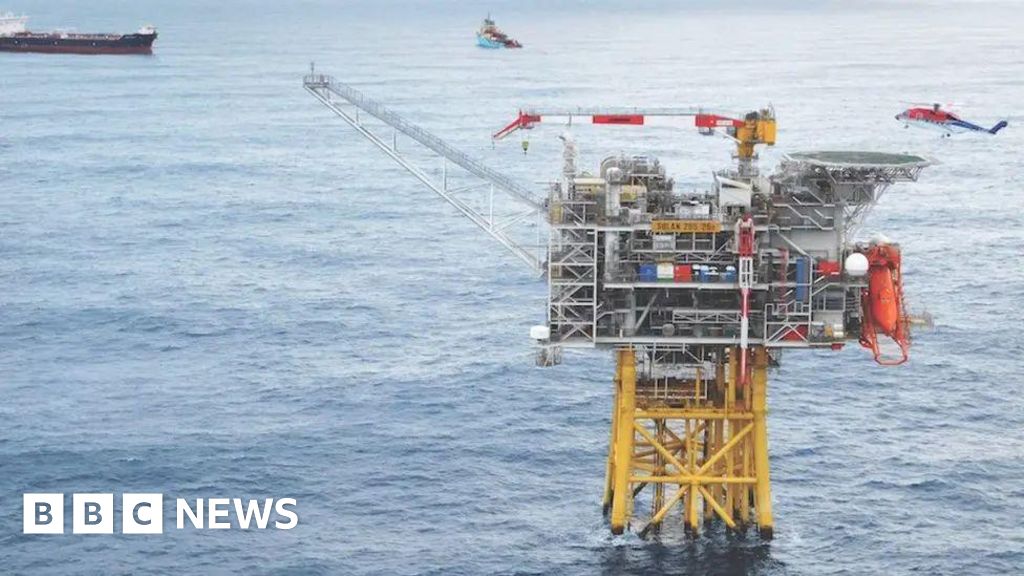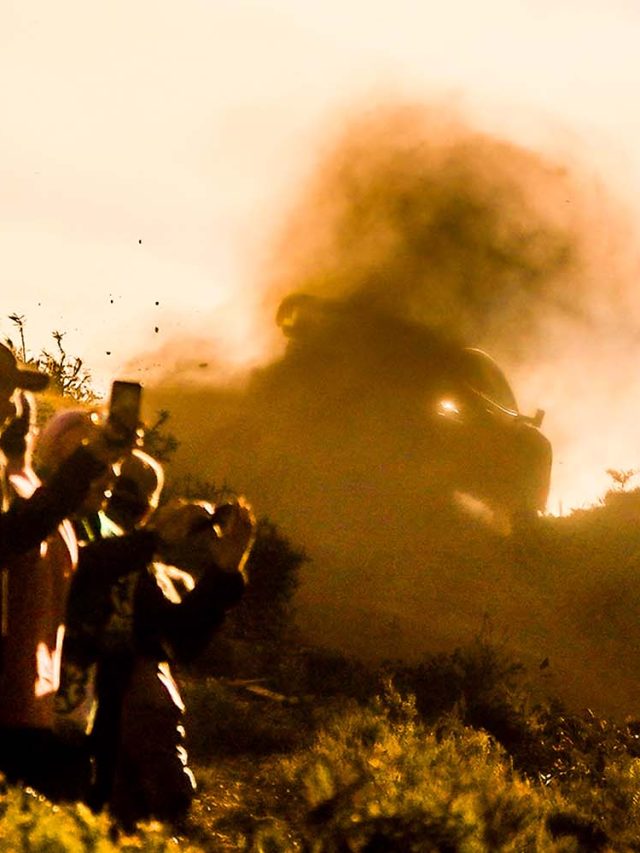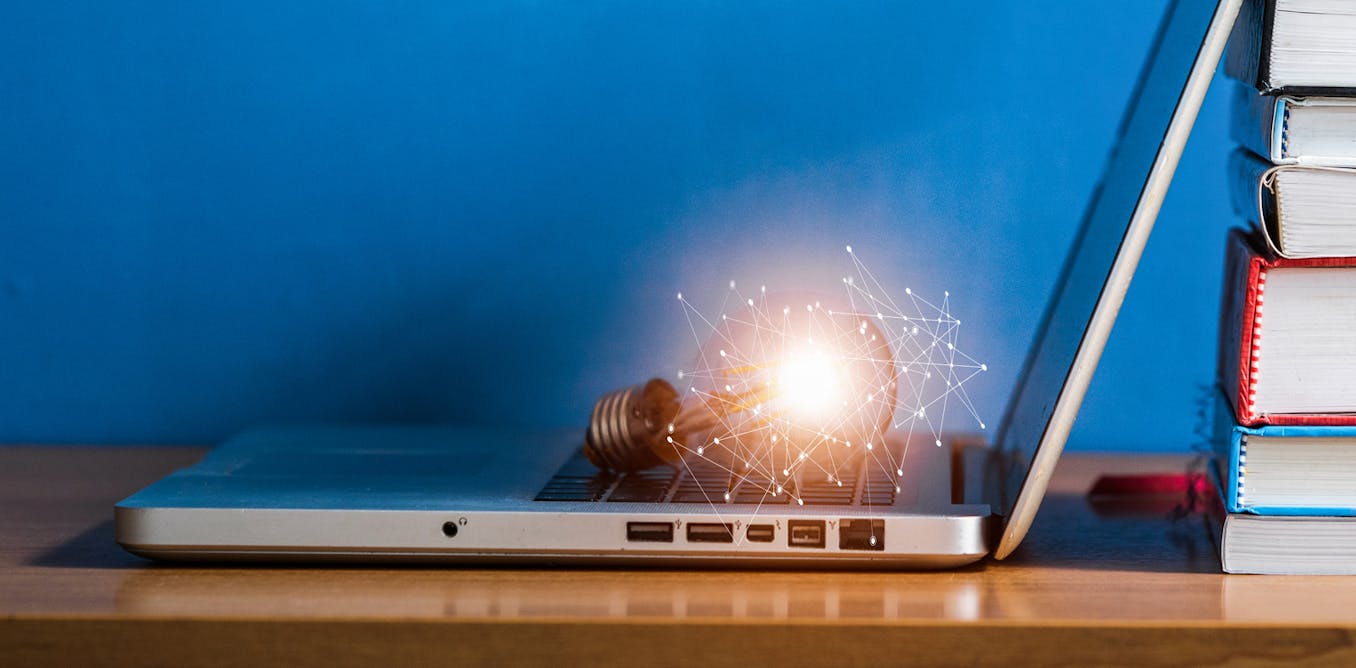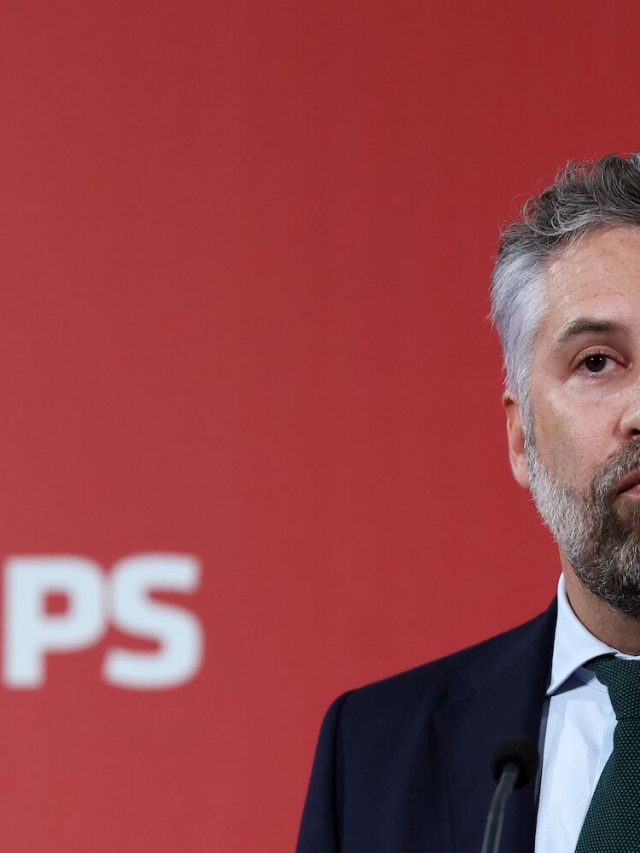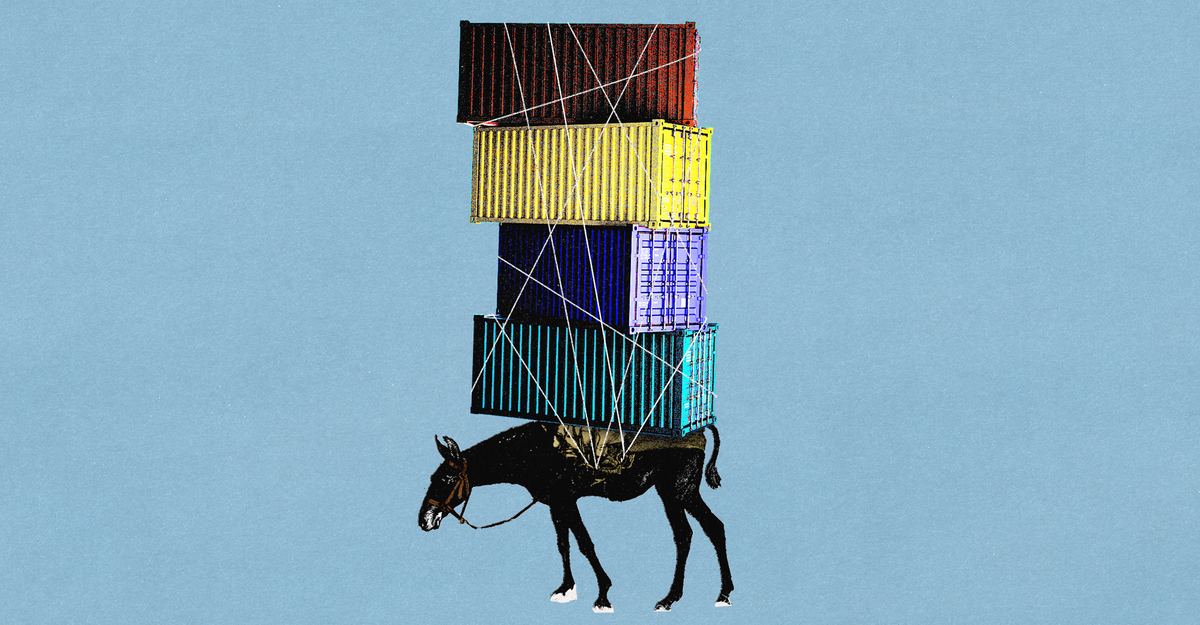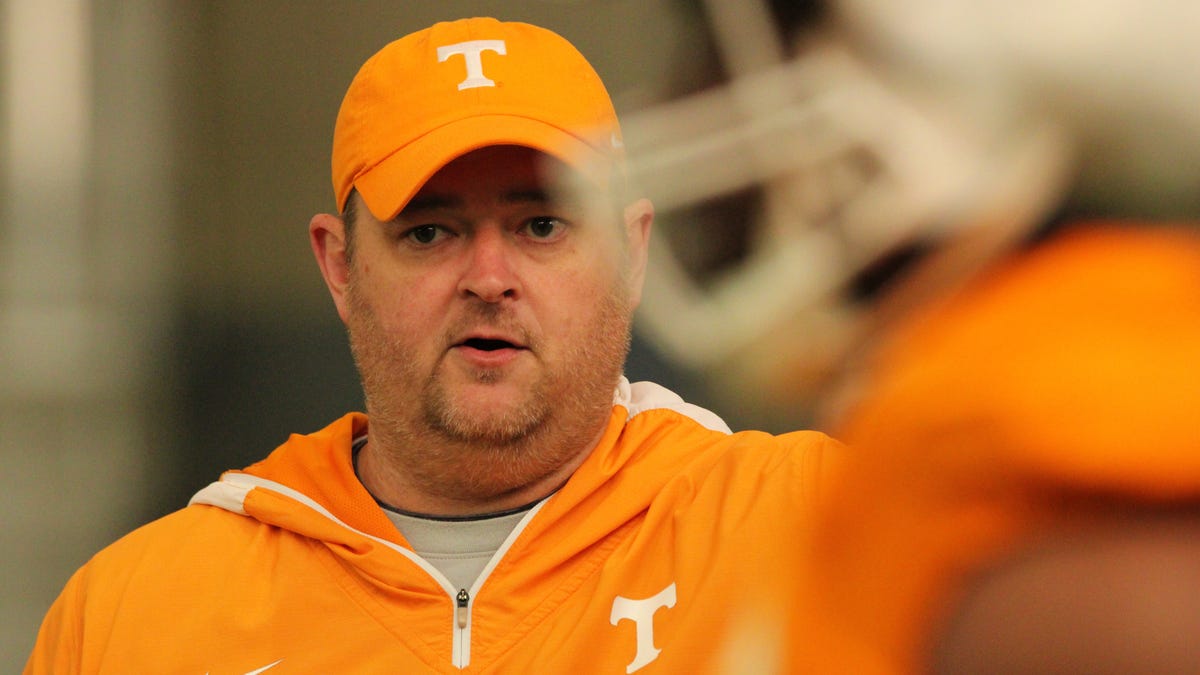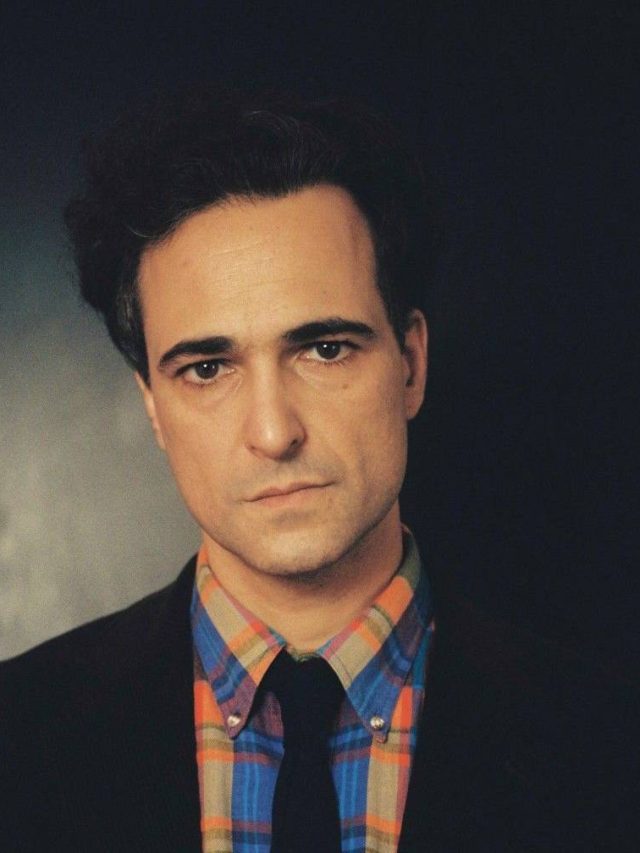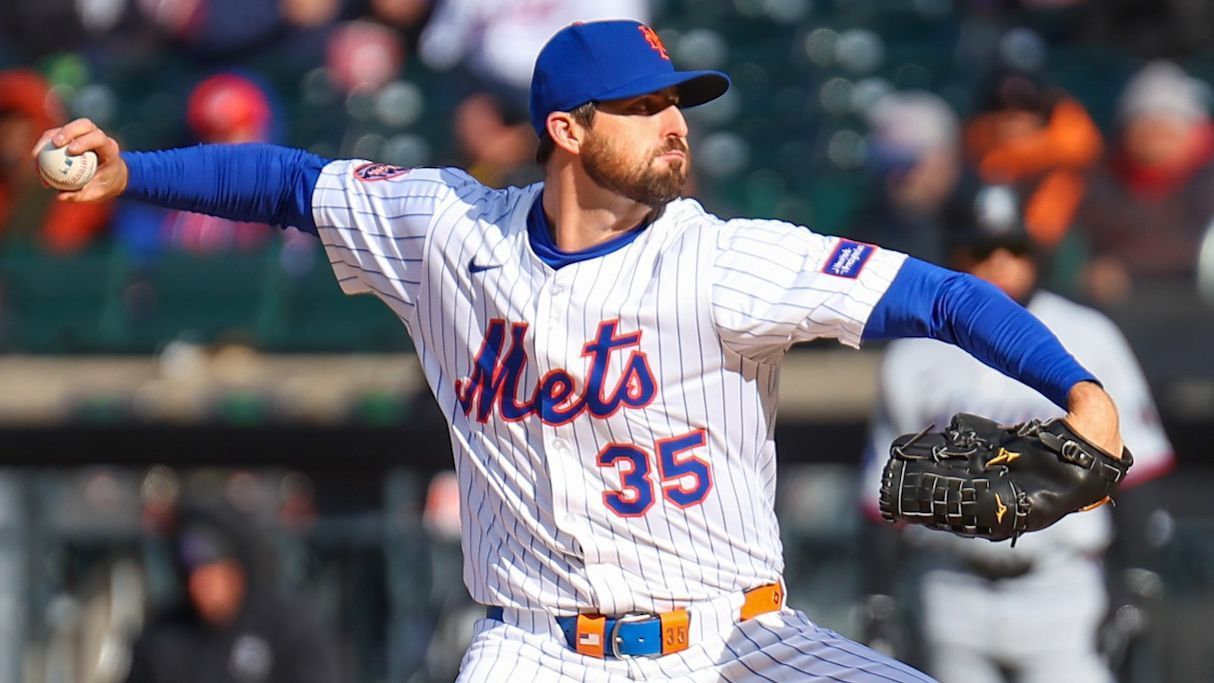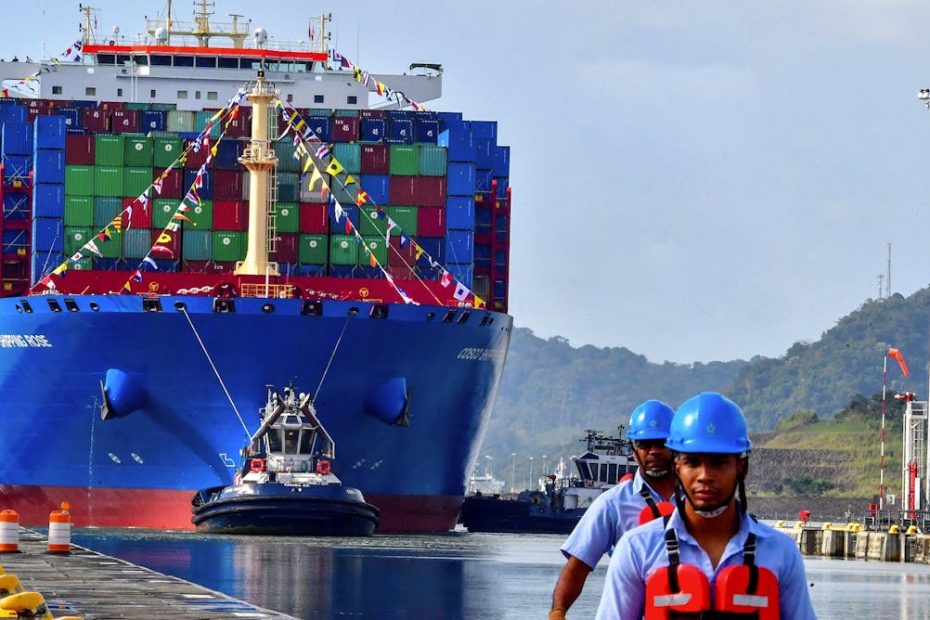Panama just wants to operate its shipping lanes without interference from China and the U.S.
U.S. President-elect Donald Trump has repeatedly denounced China's outsized influence over the Panama Canal, a vital sea lane that connects the Atlantic and Pacific oceans.
On December 25, 2024, Trump falsely claimed that Chinese soldiers were “operating” the Panama Canal and wished them a “Merry Christmas.”
Trump also directly challenged the Panamanian government, arguing that the United States pays too much to use the canal. He added that if his demands for canal management were not met, the United States would seek “the full return of the assets to us without question.” He even considered seizing the canal by force.
As the country’s authorities were quick to point out, much of what Trump said about the Panama Canal was wrong. Panamanian President José Raul Mulino said China does not control or participate in the management of the canal. Meanwhile, a Chinese Foreign Ministry spokesman refuted Trump's claims while reaffirming the neutrality of the canal.
But beyond political rhetoric, what is the status of Chinese and U.S. influence in Panama? As experts on U.S. security cooperation, we recently conducted fieldwork in Panama for a book on U.S. military deployments abroad. These include interviews conducted in 2018 with Panamanian government officials and journalists, as well as U.S. military and diplomatic personnel in Panama.
What emerged then – and we believe remains true today – is a country aware of the importance of its key geopolitical assets and keen to balance U.S. and Chinese interests and operate the canal itself without undue influence from Washington wishes or Beijing.
The background story of the Panama Canal
The Panama Canal is a transit point for ships traveling between the Atlantic and Pacific Oceans without having to circumnavigate the entirety of South America.
King Carlos V of Spain first proposed the idea of building a canal through the Panama in 1534. Three centuries later, France began building the canal in 1881 but stopped due to high financial and human costs.
The United States revived the project in 1904 to secure the rights to build the canal, after supporting Panama's independence from Colombia a year earlier.
The United States initially controlled not only the canal itself, but also five miles of Panamanian territory on each side of the canal, known as the Panama Canal Zone.
There is a large U.S. military presence in the Canal Zone.
Tensions surrounding U.S. control of the Canal Zone came to a head in 1964, when a group of Panamanian students attempted to raise the Panamanian flag at a high school in the Canal Zone, but the civilian facility failed to fly the Panamanian flag alongside the American flag. , violating the U.S.-Panama agreement.
Clashes with parents of American students turned violent, resulting in the deaths of several Panamanian citizens. Panama still calls this day “Martyrs' Day”.
Ongoing tensions and domestic protests led to negotiations between Panama under military dictator Omar Torrijos and the United States under the Nixon and Carter administrations. It resulted in the 1977 Torrijos-Carter Treaty, which guaranteed that the canal would remain open to ships from any country, established an interim commission to manage the canal, and ensured that the canal would eventually return to Panamanian jurisdiction on December 12. 31, 1999.
The handover went as planned. But to this day, the United States remains the biggest beneficiary of this shortcut, with most traffic through the canal coming from or going to U.S. ports.
China’s influence in Panama
But the canal is also important to other countries, with an average of 2.5% of global trade passing through its waters each year. As China has opened up its economy over the past four decades and begun relying more on exports, Panama has become an increasingly important country for Beijing.
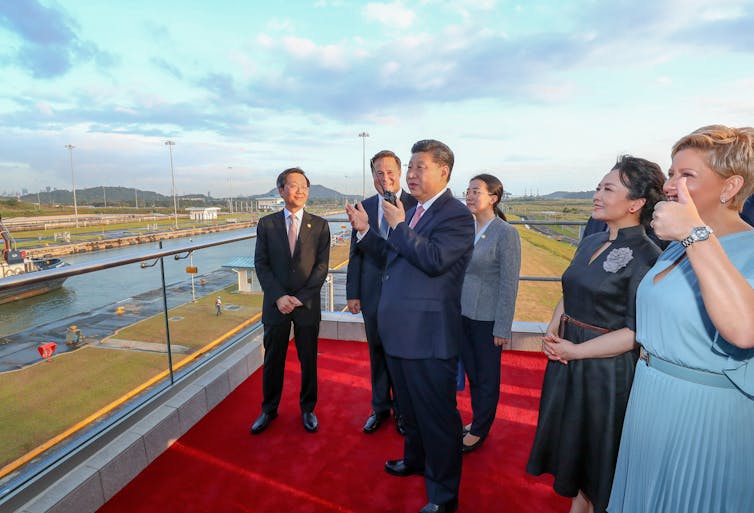
Xinhua/Xie Huanchi via Getty Images
Trump’s assertion that China controls the canal appears to be based on the fact that Chinese companies do have stakes in the waterway. Currently, Panama Ports, a subsidiary of Hong Kong's Hutchison Ports, manages the ports of Balboa and Cristobal, which serve as access points to the canal. The company recently renewed its lease to manage the ports until 2047.
While the ports are managed by Hong Kong companies, management of the ports and canal remains with the Panama Canal Authority, a Panamanian government agency.
During interviews in Panama, we asked government officials and citizens about China’s influence in Panama. At the time, in the summer of 2018, much of the discussion was about China’s plans to build a new embassy overlooking the entrance to the canal. Although the United States ultimately pressured the Panamanian government not to allow its construction, the Panamanian people's openness to China is obvious.
Overall, those we interviewed said Panama’s view of China is positive. Panama has a large Chinese Panamanian population, the largest in Central America, many of whom are descendants of Chinese immigrants who arrived in Panama in the 1800s.
Some Panamanian officials we interviewed said rising Chinese investment in Panama has heightened U.S. concerns that China is losing influence. However, they also see the United States as reacting negatively to the growing influence of other countries, such as Brazil or European countries.
One U.S. embassy official we spoke to expressed concerns about Chinese investment, claiming it could lead to corruption and reduce economic opportunities for Panamanians.
At the same time, the local officials we interviewed do not fully trust China. They say they have been concerned about the honesty of major powers, whether the United States or China, in dealing with Panama.
How Panamanians View the United States
Both U.S. and Panamanian officials we spoke to said Panamanians generally have a positive view of the United States. One Panamanian journalist we spoke to referred to Panamanians as “gringueros”—meaning they have a favorable view of Americans. While some anti-American sentiment remains among young and left-leaning groups, some respondents noted that fewer Panamanians have strong memories of U.S. control of the Panama Canal Zone or the 1989 U.S. invasion of Panama.
While the U.S.-Panama relationship is generally strong, it is not immune to challenges. A former U.S. ambassador to Panama told us that the U.S. military often did not pay enough attention to the concerns of ordinary Panamanians about U.S. activities. For example, he noted that unrelated local protests could turn into anti-American protests if they coincided with U.S. military exercises.
Over the past decade, China has significantly increased its efforts to build influence abroad. This has led to a significant increase in Chinese-funded infrastructure projects and loans to governments around the world.
U.S. officials in Latin America we spoke to expressed serious concerns about the growing influence of Chinese investment in the region. U.S. policy analysts have long been concerned about China's development of “dual-use” projects such as ports, where nominally civilian projects can easily be adapted for military purposes. In the words of a former Panamanian government official we interviewed, while the United States “ignored Latin America in general and the needs of Panama in particular,” China seized the opportunity to expand its presence in the region.
We spoke with a former Panamanian president who was involved in negotiating the Torrijos-Carter Treaty before taking office. He was keen to express how seriously Panamanians valued their sovereignty and independent management of the canal.
Trump's recent comments have further reinforced this sentiment. As Esmeralda Orobio, niece of one of the victims of the 1964 violence, told reporters during this year’s Martyrs’ Day commemorations: “The Panama Canal is ours and we will defend it ”
